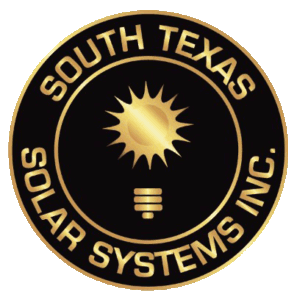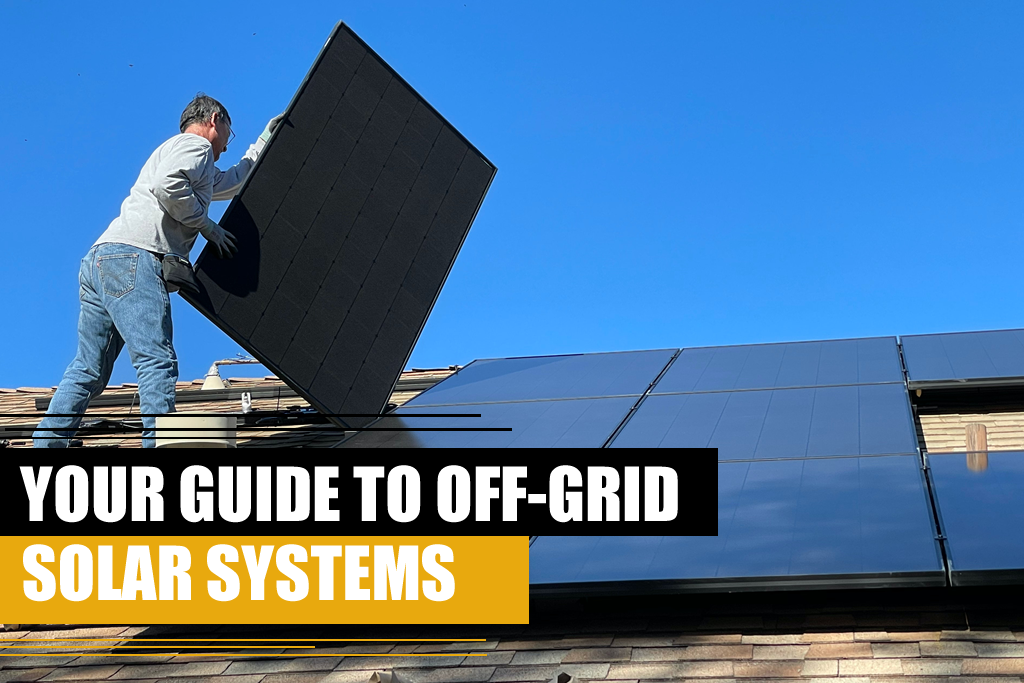
There are many good reasons why turning to off-grid solar systems makes sense. Firstly, running your home with solar panels in Texas can save you a lot of money. You also get to claim your independence from utility companies while doing good for the environment.
In fact, this is one of the most affordable and sustainable ways to create your own electricity. Installing an off-grid solar system is highly beneficial for people who live in states with a lot of sunshine. Because of this, many solar companies in Texas deal exclusively with off-grid solar system installation and maintenance. So, in states like Texas, it is almost a shame not to take advantage of the sunny weather for creating a large portion of the electricity needed for your household.
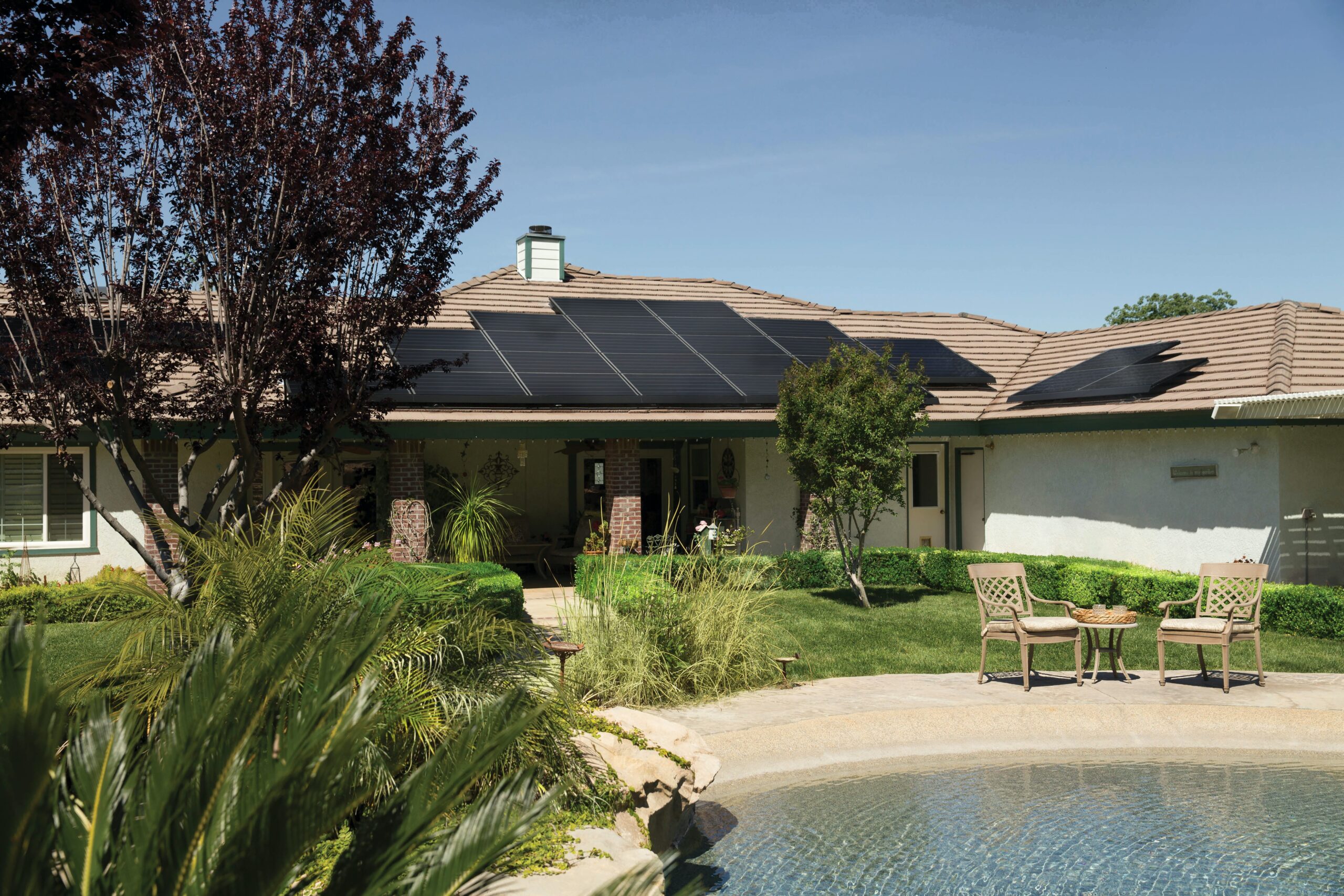
It is also worth mentioning that you can make use of local government incentives promoting solar energy use. These kinds of incentives allow homeowners and business owners to turn to a clean production of energy. So, if you decide to install a solar-powered grid, the Texas local government will cover a part of the expenses.
So, how do off-grid solar systems work?
Off-grid solar systems, also known as Stand-alone power systems (SAPS), create electrical energy through solar paneling. The sunrays hit the solar panels and use the accumulated heat to charge a solar battery. The generated electricity is then converted with the help of an inverter to power your home and appliances.
Most importantly, the solar battery enables you to power your home around the clock as it stores the energy even when exposure to the sun is not as optimal or non-existent. This means that an off-grid solar system allows its owners to create electricity and use it even at night or in colder months of the year.
So, if you plan to relocate to a state with a lot of sunshine, you should consider installing or moving into a home that runs on solar energy. If you have already invested in an intricate solar panel system, you might need the help of an experienced moving company such as evolutionmovingdfw.com to transport it to your new home intact.
In some cases, you might have to complement your solar energy with an additional power supply such as an independent generator. Nevertheless, you will be able to satisfy most of your energy requirements with the help of an off-grid solar-powered system.
What are the components of an off-grid solar system?
An off-grid solar system requires several pieces of equipment to function properly. However, keep in mind that your solar system might vary greatly depending on your energy needs and the area where your home is. So, the size and scale of off-grid solar systems differ, but they still share several essential components.
In this section, we will describe the different components that make an off-grid solar system. Understanding the mechanics of off-grid solar energy generation can help you determine if you should install off-grid solar paneling in your home and if installing it makes sense for your needs.
Once you learn how solar systems work, determining a budget for this project is the next step. Of course, the costs of solar system installation may vary depending on the size, type, etc. Nevertheless, knowing how the system functions will allow you to have an informed conversation with professional installers of residential solar panels in San Antonio.
Solar panels
Solar panels are an indispensable part of a well-functioning off-grid solar system. Of course, the size and energy-producing properties of your solar paneling depend on:
- the amount of sunlight that is available in your area
- the surface area of your roof where they can be adequately placed
- energy needs of your household
Solar battery
As we already mentioned, a solar battery is also one of the key components of South Texas solar systems. It allows the solar system to run even after nightfall.
During the day, solar energy storage inside the battery happens while solar paneling creates electricity. One portion of the generated electrical power goes into satisfying your daytime electricity needs. So, you can use all the appliances, lights, and all other devices that require electricity during the day.
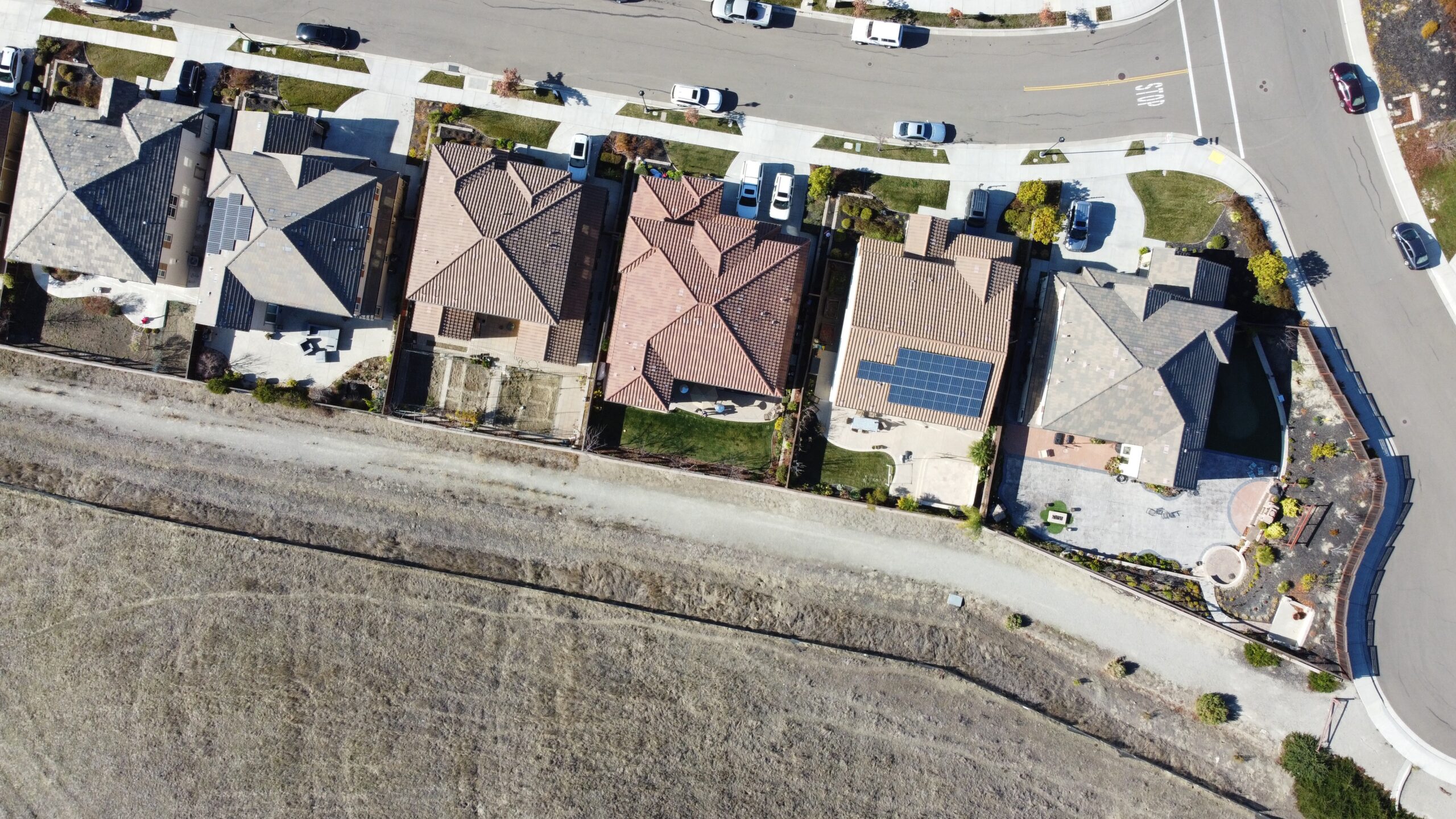
However, any excess energy created by the solar panels is directed and stored in the solar battery. You can install either a single battery or a battery bank, depending on your energy consumption. So, not only does a battery bank eliminate potential power outages during the night, but it also prepares you for a rainy day – literally. Just make sure to hire a reliable and experienced solar panels installer to avoid malfunctions or improper installation of your off-grid solar system.
Solar Inverters
A solar panel’s role is to collect and convert direct current (DC) into alternating current (AC). Most of our electrical appliances run on AC rather than DC. This is why your solar power system requires a solar inverter. Note that sometimes this component is also called a solar converter or a PV inverter.
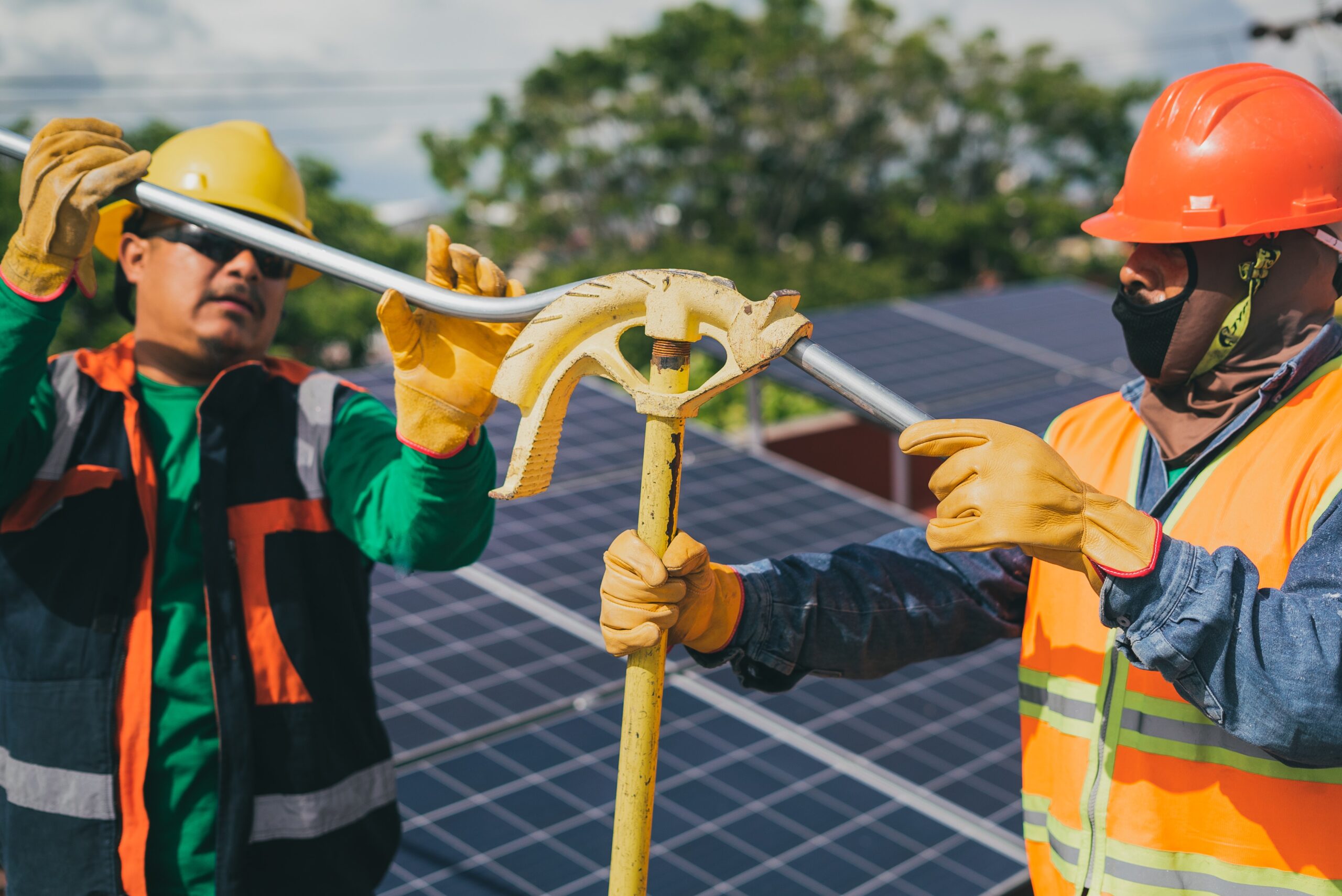
Solar Charge Controller
The solar charge controller or battery charger ensures that your solar battery does not fry. So, the efficiency of your energy storage depends on the solar charge controller as it controls the voltage and current received by the solar battery. In other words, the solar charge controller prevents overcharging and consequent damage to the solar battery.
Make sure your local off-grid solar systems installers or solar panel maintenance inspect the charge controller regularly.
